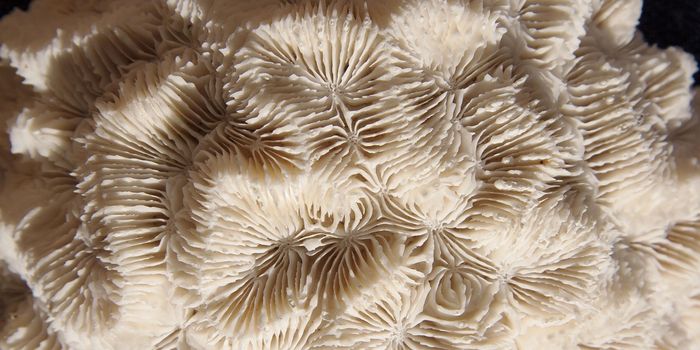A New Way to Go After Deadly Glioblastoma
Glioblastomas, aggressive brain tumors that grow fast and are difficult to treat, were the subject of a collaboration between two academics from very different fields. A professor who is an expert in chemical engineering, including computer modeling of biological systems and a neurobiologist who focuses on cellular processes in the brain, have come up with computer modeling that could help treat these vicious tumors.
Prof. Prasad Dhurjati, the chemical expert, joined with Professor Deni Galileo, a biology and brain expert after a chat at a faculty government meeting and the result is a computer program that can predict cell behavior and help medical professionals and patients alike, deal with the devastation that glioblastomas can cause. These tumors have been in the news recently with the diagnosis of Sen. John McCain, as well as the death of Beau Biden, son of Vice President Joe Biden, Massachusetts Senator Ted Kennedy and countless others.
Dr. Galileo explained, "You need at least 50,000 cells in one spot to pick it up in an MRI, so surgeons can't see where small numbers of cells have invaded the brain beyond the main tumor. If you could stop the cells from moving beyond that initial tumor, the surgeon could go in a second time and take the second tumor out. As it is now, they can keep spreading in every direction, and it's a pretty hard problem to solve."
So how can we study the spread of these aggressive tumors? How did the Delaware researchers come to understand the mechanics of these tumors? The research focused on a cell membrane protein called L1CAM. Usually, it would just work to develop the nervous system, but its action is disrupted in glioblastoma tumors. The problem is that scientists cannot manipulate an actual tumor, but a computer model of a tumor, with the biological information encoded into it, can be tweaked and in that investigation, a lot can be learned about how tumors spread.
Once data is entered into a computer algorithm, with billions of bits of data and information, the role of the L1CAM can be examined carefully. Reactions to a drug can be estimated and modeled. Data on radiation and how it impacts tumor spread can be quantified. Prof. Dhurjati is a big proponent of computer modeling, but Prof. Galileo is a biologist and wasn't entirely convinced that a computer model could explain how cells behave. As it turns out, it can. After working together, Galileo stated, "But he has convinced me that modeling has good value in understanding how cells make decisions to be highly motile or proliferative," Galileo said. "This really does simulate why they move the way they do in a dish. They follow a simple set of rules. Biologists need to use more math and more modeling than what they do. The only models that come out are scary because of all the equations; they're never going to do that. If it's not too hard to modify for their purposes, there's a much greater chance they are going to adopt modeling as Prasad convinced me to do."
The modeling, along with in vivo experiments, was the right combination to show that inhibiting the L1CAM protein results in a reduction in the spread of aggressive glioblastomas. In these cancer tumors, the L1 is out of control, causing stem cells to migrate from the tumor and create even more dangerous tumors than the original. The computer models are based on biological "rules" that cells follow, and it appears that the way to stop the spread of these cancers is to find a way to break the rules and the models can do that. Future research will be focused on making the models 3D and creating a simulation of how the cells behave in the brain, instead of a dish in a lab. Their goal is to make a model that's accurate and can demonstrate how cells act and possibly even predict what a tumor's progression might be. Check out at the video for additional info.
Sources University of Delaware, BMC Systems Biology, Medical Express









